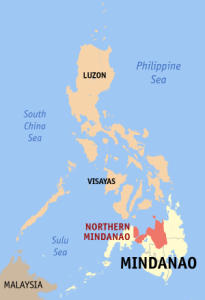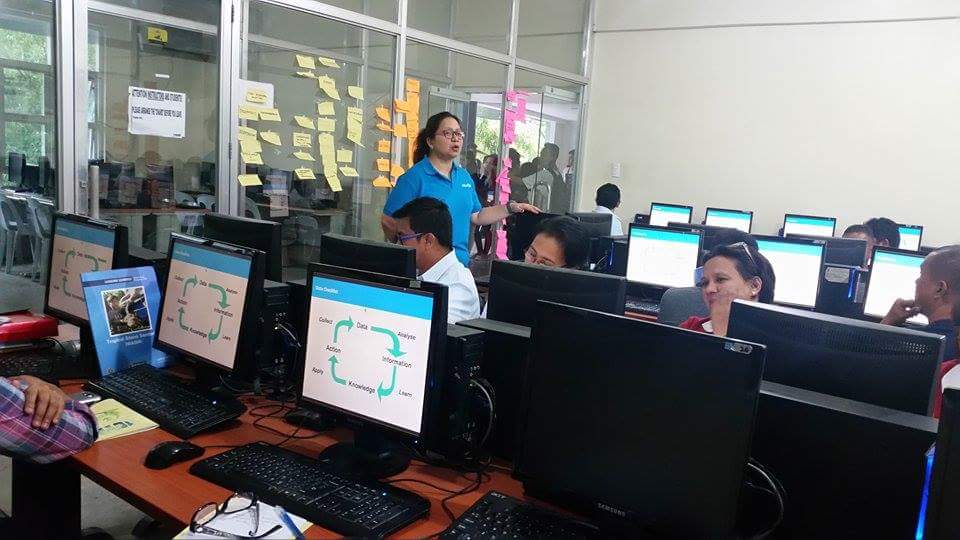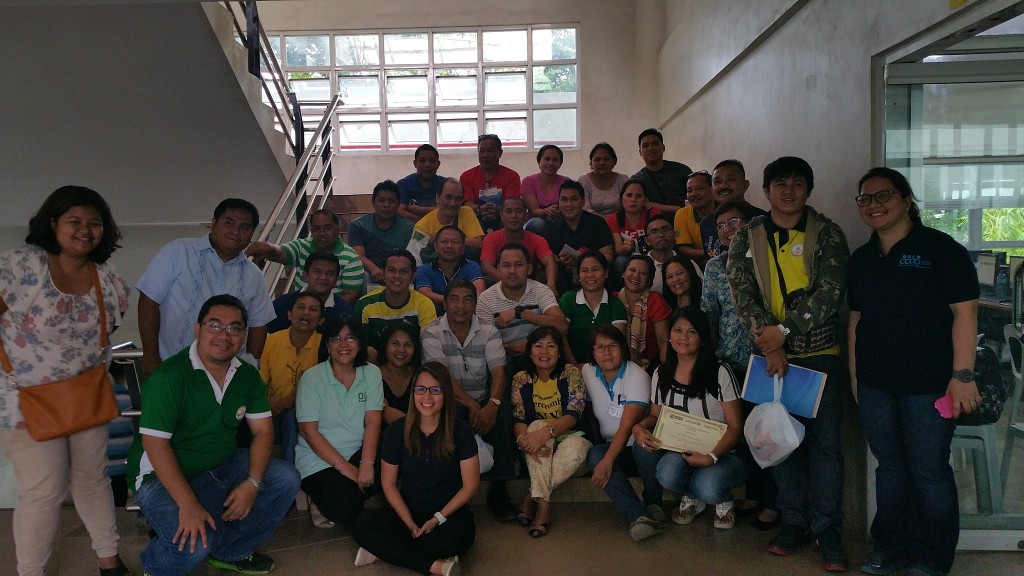Effective disaster response starts with the right data skills
On December 2011, the region of Northern Mindanao in the Philippines was hit by Typhoon Sendong, devastating the region and affecting more than a million individuals. The Center for Health Development (CHD) of the region, a government office, grappled in assisting the communities and managing all the data for a more efficient response. With no experience in managing data and effectively analysing information during emergencies prior to the typhoon, they only saw the value of data when the disaster struck them. And this is not just the case for this region. For a country battered with an average of 23 typhoons in a year, with a multitude of natural risks such as earthquakes and landslides, only 29% of the all the regions in the Philippines had been given orientation on data and information management during emergencies.
 Almost five years later, CHD Northern Mindanao took a big step to prevent post-disaster chaos by organizing the first Water, Sanitation and Hygiene (WASH) Information Management Skills training last June 9-11 in Cagayan de Oro, Philippines. Seeking my support as a School of Data fellow and an information manager during emergencies, I facilitated the three-day activity with 36 government staff, 16 female and 20 male, coming from various provinces and municipalities across the region with the objective of increasing their appreciation of data and building on their data skills.
Almost five years later, CHD Northern Mindanao took a big step to prevent post-disaster chaos by organizing the first Water, Sanitation and Hygiene (WASH) Information Management Skills training last June 9-11 in Cagayan de Oro, Philippines. Seeking my support as a School of Data fellow and an information manager during emergencies, I facilitated the three-day activity with 36 government staff, 16 female and 20 male, coming from various provinces and municipalities across the region with the objective of increasing their appreciation of data and building on their data skills.
Prior to the training, I asked the participants to complete a Data Skills Training Needs Survey to assist me in preparing the training design. 65% of my participants rarely used MS Office and none of them have done maps as part of the disaster response. I also requested the CHD to look for a venue with computer units which we can use for the exercises. This was really helpful as we used the same MS Office version and participants could easily follow the instructions.
On day 1, we discussed current national mechanisms that call for timely data collection in preparedness to, during and after a disaster. Participants were oriented on the Data Pipeline and were asked to apply it to their current practices in managing data. They identified where they can find baseline data for emergency preparedness e.g. local reports, other government and from whom, and made an inventory of data sources during an emergency.
Day 2 focused more on practical exercises such as basic Excel skills e.g. sorting and filtering, creating charts, use of Pivot tables, how to verify and clean the data, and analysing data. Participants also did some Powerpoint mapping and explored online mapping tools such as Maps Engine and ArcGIS online.
The last day allowed participants to put what they knew and have learned to use through a simulation exercise. They were grouped according to their provinces and were asked to perform a rapid needs assessment for a mock emergency scenario. Participants collected the data and created their respective datasets. They prepared summary reports and a Powerpoint presentation analysing the needs, gaps and priorities for emergency response using the data that they have collected. During the presentation of their outputs, participants saw how important it is to have accurate and well-analysed data to effectively respond to the needs of communities affected by disasters.
Organizing data skills training require thorough understanding of the skills of your target participants. It is also very important to put everything into the same context, in my case, on WASH during emergencies, so that participants will really see the value of data with their line of work. Participants also appreciate follow-up activities. After the training, I created an e-group and has started sharing updates and tips on how the participants can improve on their data skills.




